/Khomanin queen accused of bullying tactics
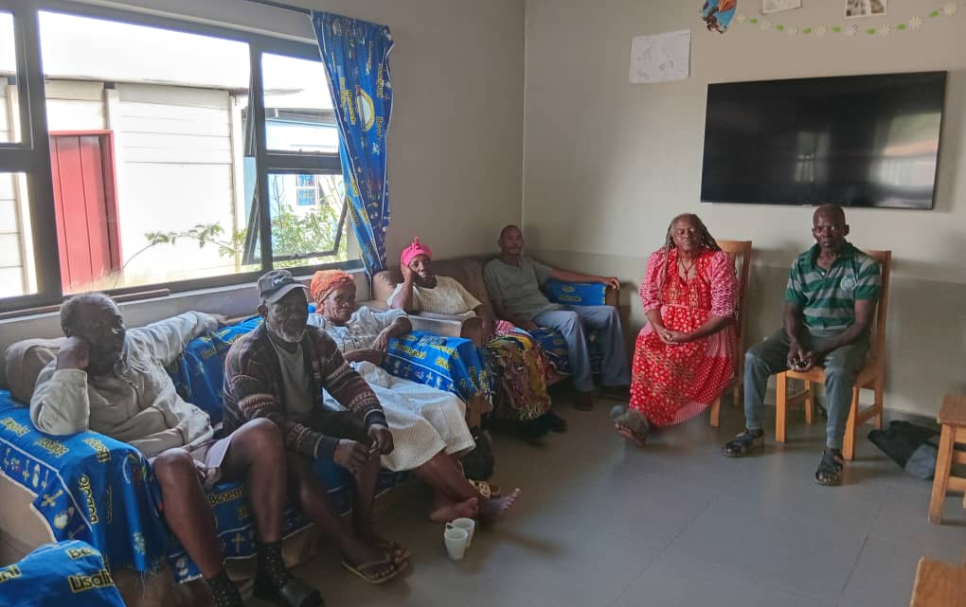
• By Jeremiah Ndjoze
Khomanin queen Juliana
Gawanas is fast claiming
her spot as one of the controversial
ones, amongst the country’s
traditional leaders, if recent
claims about her alleged nepotism
and autocracy are anything to go
by.
It has emerged that members of
her community, recently, resorted
to making ancestral land claims,
and essentially grabbed land in
the Khomas Hochland area, citing
landlessness and an out of touch
leadership as the cause.
Speaking to Confidente in an exclusive
interview this week, about
eight leaders of the Khomanin
concerned group expressed their
sadness over the current state of
affairs around the clan’s habitational
circumstances and the bleak
future facing their offspring.
The Confidente interview comes
in the wake of a land grabbing incident
that was maneuvered by
around 40 members of the group,
headed by former member of parliament,
Rosa Namises, and activist,
Shaun Gariseb.
Speaking to this newspaper, Namises
did not mince her words;
“Our surge for land ownership
comes a long way. The /Khomanin
exist, but have never belonged anywhere
because our land has been
swallowed by the city, its townlands
and the surrounding farms.
Now is the time to claim that land
back because most of it remains either
unused or unoccupied.”
LAND ISSUE
Namises went on to say that the
landlessness and literal homelessness
of the Khomanin people are
as a result of Chief Gawanas, who
she accused of having claimed land
allocated by the government to the
community ‘for her own family.’
“There is a farm near Dordabis,
which was given to the Traditional
Authority for the benefit of the
community. She is now claiming
that the farm was given to her
family. Another farm, Bona, on
the westside of Windhoek was
declared too stony by the authority
when it was allocated to the
community but today only one
person who serves in her TA lives
there. There is also another farm
in Omaheke, which was bought by
the government for the Khomanin
people, but for which we now have
to apply,” Namises said.
The gathering told Confidente
that they did the recent land occupation
because the land was idle,
and more so because it is their ancestral
land.
“And of course because the land
spoke to us. The graves of our ancestors
are there,” said Anton Goebeb,
also a member of the concerned
committee. Goebeb also
ran for chieftainship in the election
of a chief for the /Khomanin
community which elected and inaugurated
Namises as their chief
“It’s painful if your leader is the
one who is suppressing you. She
was not even elected into that position
but installed by her father.
Now we feel like we are just part of
the furniture that her father passed
on to her,” Sam Namiseb, another
group member queried.
“Our children are on the streets
in Windhoek and people are
laughing at us. But where else can
they be if their parents do not even
have a place to call home? Our
ancestors walked all the way from
Khorixas to this place, on foot.
Does Julianna know that? And
where should we go?,” Namiseb
added.
On his part, Gariseb expressed
joy that younger Khomanin activists
are joining the fight for the
welfare of their people.
“I am happy that more young
people are at the forefront of reviving
the /Khomanin community
and we are demanding for our
land,” Gariseb said adding that,
“issues among our elders in the
past chieftainship talks have nothing
to do with us and the current
fight, which is about land and empowerment.”
On 29th March 2025 the community
occupied !Ao-//Aaexas
farm No. 34, citing that they came
home to their ancestral foundation.
The community claimed that
farms !Ao-\\Aaexas, /Nunutas,
Gamana//Khub, \\Khoas, #Arexas,
#U-utas,IOa-Tsoub,Tsourob,/
Khaub-Dams ,Ongos and many
were taken from them in the
1950s give to “Arm Blankes” [poor
whites] who migrated from South
Africa, as prime property, by the
South African Government to
address what was known as “Arm
Blanke Vraagstuk,” and the protest
of the natives were met with heavy
weapons and our people forcefully
removals.
In a recent petition addressed
and handed to Hon.Mac Albert
HengariMinister of Agriculture
Water and Land Reform, this
week, the group maintained that
it is 69 years since the Khomanin
people were removed from their
‘foundation.’
“The land on portion 3 where
our foundation lies has been idle
for 25 years. While the Government
knew and was selling our
land behind our backs we stayed
wandering in corridors and [as]
tenants and farm workers on
farms. We have pleaded with the
Government and written petitions
to the government since 1992, and
our last petition was in (November
2024) when we wrote to the office
of the President, the line ministry
and the speaker of Parliament,”
the petition reads, amongst other
points.
“We have become marginalized
on our own land to the point we
have to ask from “Inkommers” to
go see the graves of our forefathers
and ancestors and to practice our
traditional and cultural rites,” the
group further wrote, adding that
there are 60 graves on “farm 34” of
their forefathers and they will not
allow them to be destroyed like
others at Baumgartsbrunn.
GOVT TO BUY FARM
Confidente has reliably learners
that the farm owner has ultimately
expressed his willingness
to sell the land to the |Khomanin,
provided the process was handled
through formal negotiations. Namise
confirmed this.
“We agreed to have a roundtable
with all stakeholders, including
the government so that the negotiations
can take place. The minister
also agreed and when we went to
the farm again for conversation we
saw a government valuation team
on the ground,” Namises said.
The Namibian Broadcasting
Corporation reports that the
Minister of Agriculture, Fisheries,
Water, and Land Reform, Mac
Hengari has acknowledged the
deep-rooted pain associated with
land dispossession, saying that
land is not just an economic asset
but a crucial element of African
cultural and spiritual identity.
“People look at land just in economic
terms, but the spiritual and
the cultural – when he’s talking
about the grace – everything that
we as Africans include with the
meaning of a land is a pain I very
well understand,” Hengari reportedly
said.
Speaking on behalf of the Landless
/Khomanin People’s Association,
Gariseb stressed that a unity
meeting is mooted for the whole
traditional community on 13th
April and his hope was to ‘unite
more views on the day.’
“We do not want to be derailed
by agendas of individuals with
backwards mentality,” Gariseb told
Confidente.
NO TO EXPROPRIATION
Chief Gawanas referred all queries
to Walter Haseb, a Special Advisor
of the Traditional Authority.
Haseb confirmed that all is not
well within the Khomanin community,
but attempts are there to
handle all misgivings internally.
“We invited all of them, including
the concerned groups and
some had personal issues and even
traded insults. But essentially we
arrived at some resolutions and
feedback will be provided in due
course,” he said.
On the issue of Gawanas not being
elected, Haseb maintained that
the courts has already pronounced
themselves on that matter.
“After the passing of our former
chief, who was the father of
the current, they wanted ‘Ousie
Rosa’ to become the leader. But
our custom dictates that the leadership
succession should follow
the bloodline. Ms. Namises is still
paying for the legal fees to date,” he
said.
He maintained that with regards
to the farms; Bona was a pure resettlement
farm which was awarded
to the late Chief, but upon his
discovery that it was not suitable
for farming he returned it to the
government and was given the
farm near Dorabis.
“With his passing it was passed
on to the children,” he said.
He further maintained that the
recently awarded farm, in Omaheke,
is 8000 hectares of which
4000 hectares is reserved for a
lodge and hunting, while resettlement
can only happen on 4000
hectares.
“However, we are still waiting
for the Khomas Communal Land
Board to be operationalised. The
current registration fee of N$100
and N$20 is just for us to establish
how many members of the Khomanin
tribe are there and to start
with a database,” he said.
- 156 views


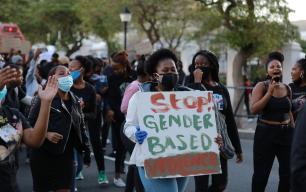
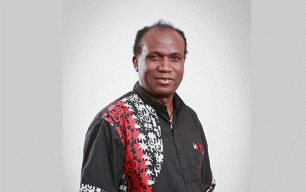
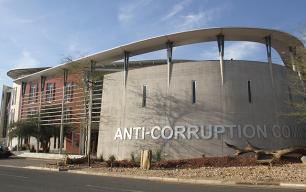
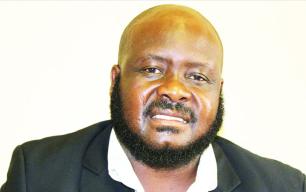
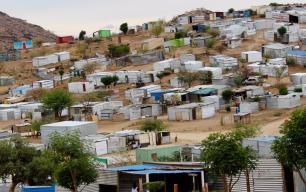
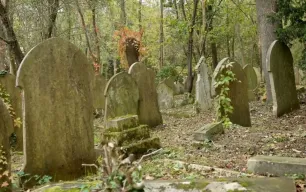

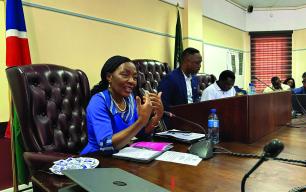
Comments